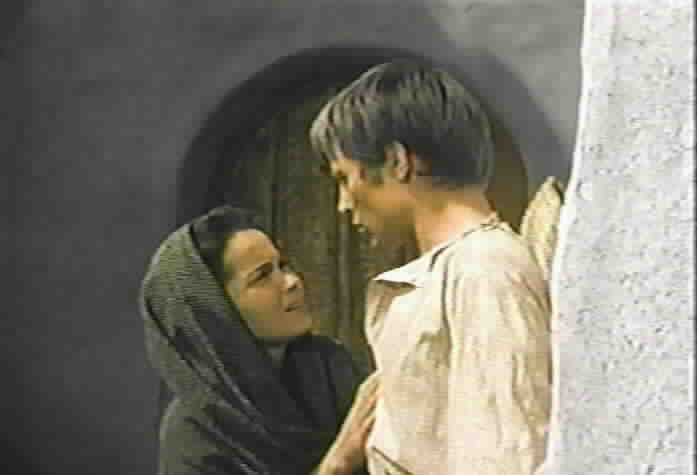The timeframe is unclear, but we can narrow it down. Some of the show is set in Los Angeles, which was founded in 1781. But the characters pay homage to Spain, not Mexico, which gained independence in 1821. So the stories take place sometime around 1800.
I saw only one Zorro episode involving Indians: The Runaways, which aired January 8, 1959. Indians must've been more common in reality than they were on the show. In fact, Wikipedia gives us some background on the era:
History of Hispanic and Latino Americans
During the last quarter of the 18th century, the first European settlements were established in California. Reacting to interest by Russia and possibly Great Britain in the fur-bearing animals of the Pacific coast, Spain created a series of Catholic missions, accompanied by troops and ranches, along the southern and central coast of California. These missions were intended to demonstrate the claim of the Spanish Crown to modern-day California.
The first quarter of the 19th century continued the slow colonization of the southern and central California coast by Spanish missionaries, ranchers, and troops. By 1820, Spanish influence was marked by the chain of missions reaching from San Diego to just north of today's San Francisco Bay area, and extended inland approximately 25 to 50 miles from the missions. Outside of this zone, perhaps 200,000 to 250,000 Native Americans were continuing to lead traditional lives.
Mexican era (1821–1846)
Substantial changes occurred during the second quarter of the 19th century. Mexican independence from Spain in 1821 marked the end of European rule in California; the missions faded in importance under Mexican control while ranching and trade increased. By the mid-1840s, the increased presence of Americans made the northern part of the state diverge from southern California, where the Spanish-speaking "Californios" dominated.
By 1846, California had a Spanish-speaking population of under 10,000, tiny even compared to the sparse population of states in Mexico proper. The "Californios," as they were known, consisted of about 800 families, mostly concentrated on a few large ranchos. About 1,300 Americans and a very mixed group of about 500 Europeans, scattered mostly from Monterey to Sacramento dominated trading as the Californios dominated ranching.
Just two lovebirds
On to the episode in question:
The Runaways
"Romaldo" is kind of an odd name. I wonder if it was meant to evoke Ramona, probably the most famous story involving California Indians. Maybe the writer thought, "Should I name the characters Ramon or Ramona? Nah, too obvious. But Romaldo is close. Let's make the guy Romaldo."
How does the episode handle Indians? On the plus side, Romaldo and Buena talk, dress, and act like their Spanish counterparts. There's no Tonto talk, no feathers or leathers. That's good.
On the minus side, Buena and especially Romaldo look totally non-Native. Buena was played by Gloria Castillo, presumably a Latina based on her name. But Romaldo was played by Tim Pittman, who looked as Anglo-Saxon as his name sounds.

A bigger problem is the complete lack of historical context. No one questioned or even raised the status of California's Indians. What was the justification for the mission system? How was it working at that point? How did the Indians feel about it?
How many Indians had been forcibly converted to Christianity? How many had been indentured or enslaved? How many had been killed by disease? How many remained free? And so forth.
Even if we focus on Romaldo and Buena, the questions remain. Don Tomas made the indenture system sound voluntary, but was it? How did the pair come to be indentured? What were their alternatives? Where would they have been if they had "chosen" otherwise?
Don Tomas got three years of labor for the price of school tuition. I don't know the economics of that era, but it sounds like a good deal for him. In any era, a year's wages ought to equal many years of basic schooling (reading, writing, arithmetic).
In reality, the mission system was the beginning of the end for California Indians--the beginning of genocide. But you won't learn that on Zorro or any Western of the 1950s. Then as now, mass entertainment was about reinforcing America's founding myth. Namely, that the white man came to tame the wilderness and bring civilization to the savages.
You can watch the whole episode here:
The Runaways
For a better take on Zorro, read Isabel Allende's novel of the same name. For more on the subject, see California's 4th-Grade Mission Mythology.

No comments:
Post a Comment